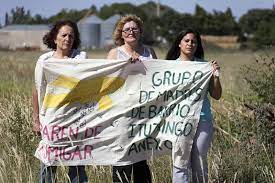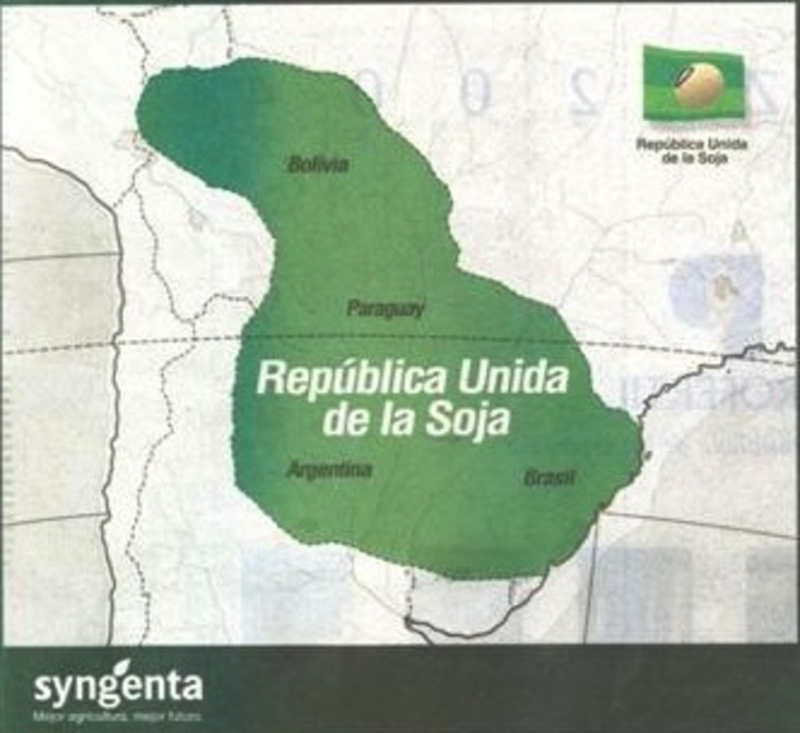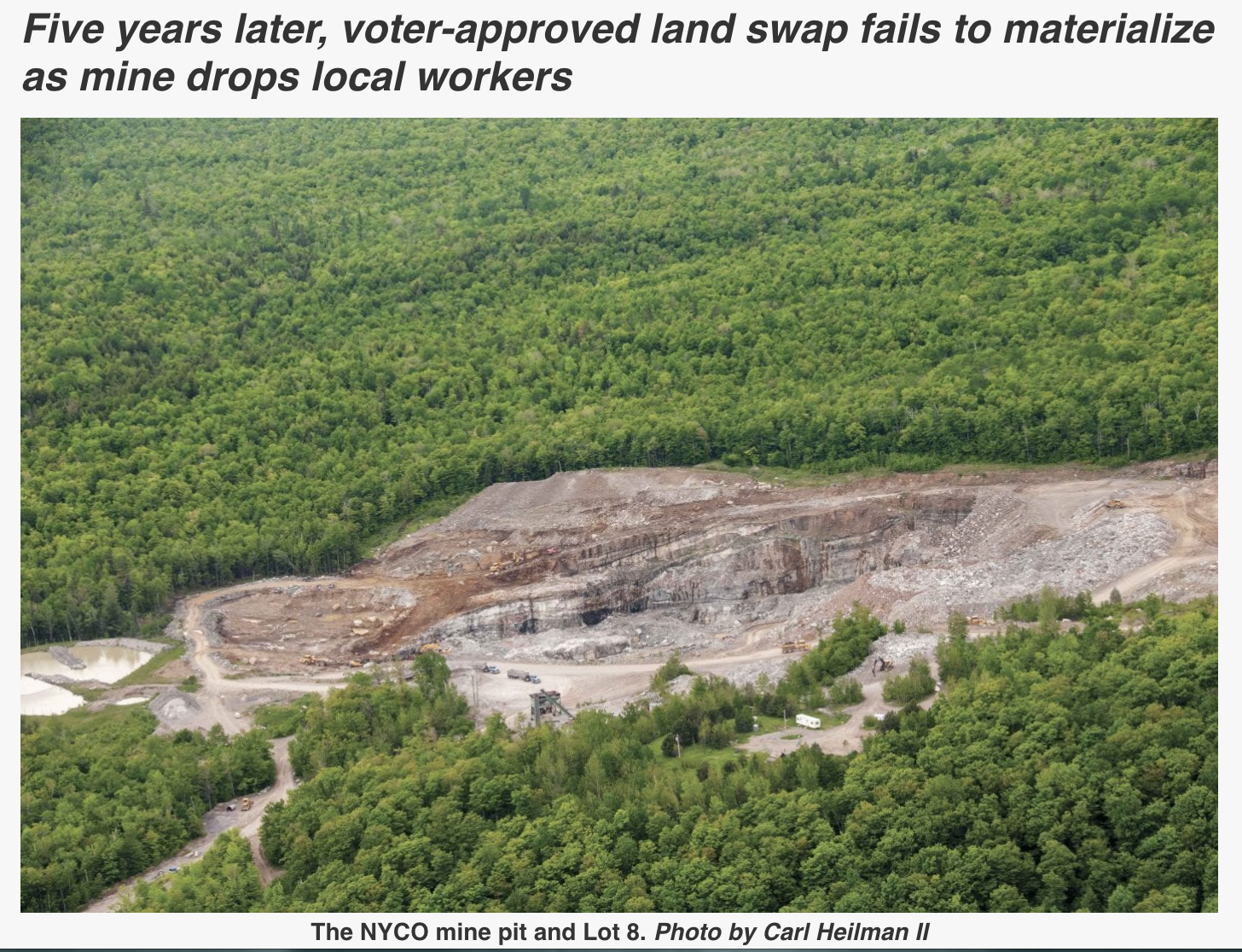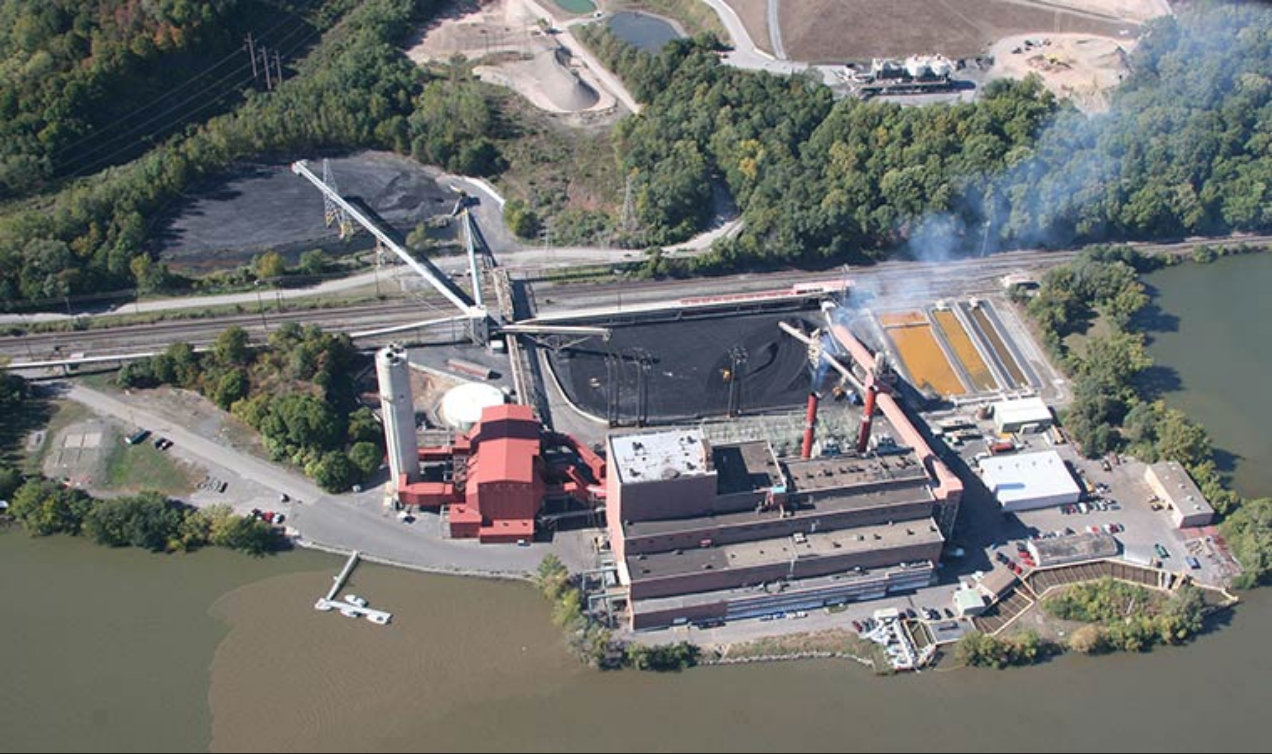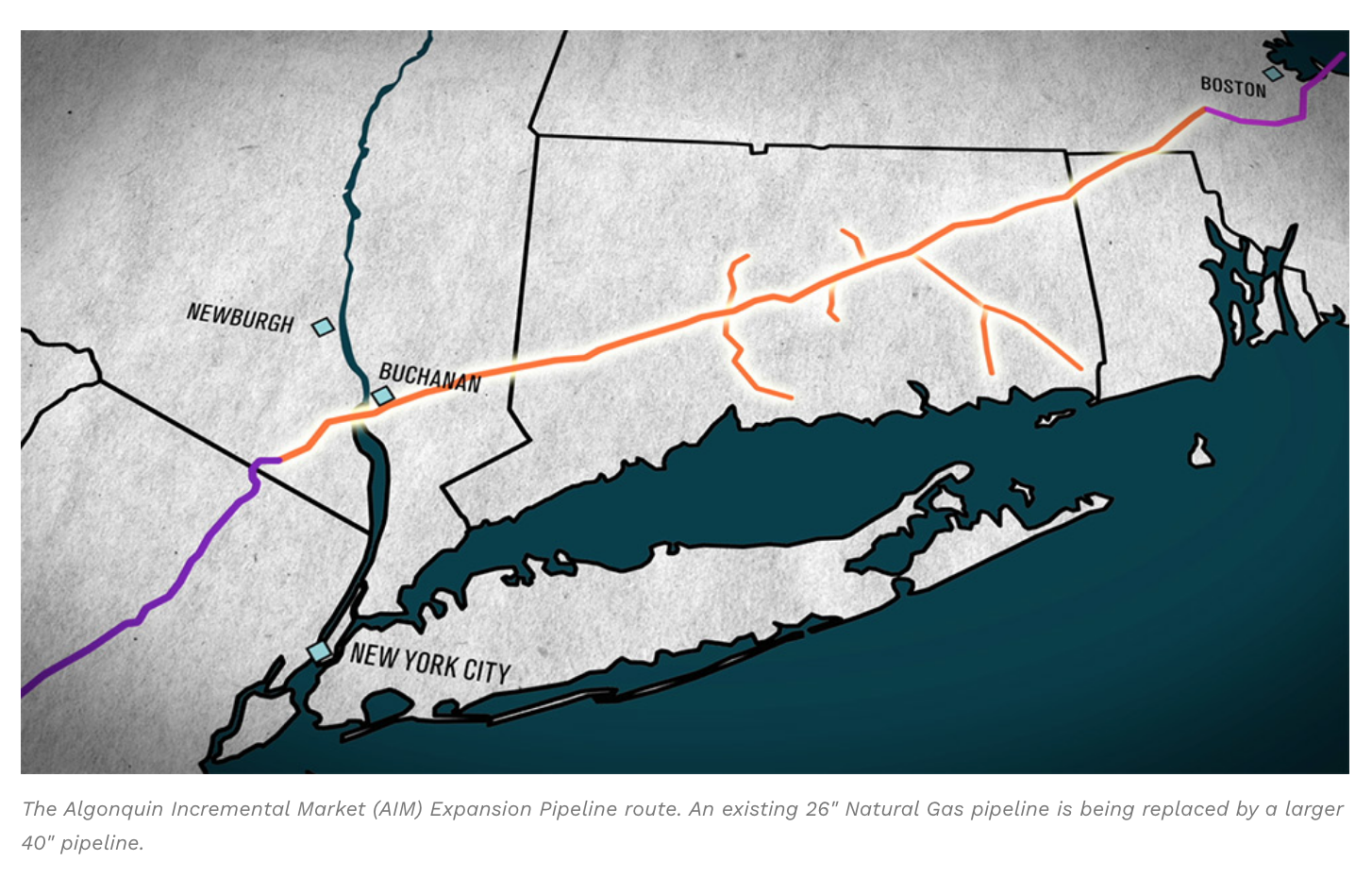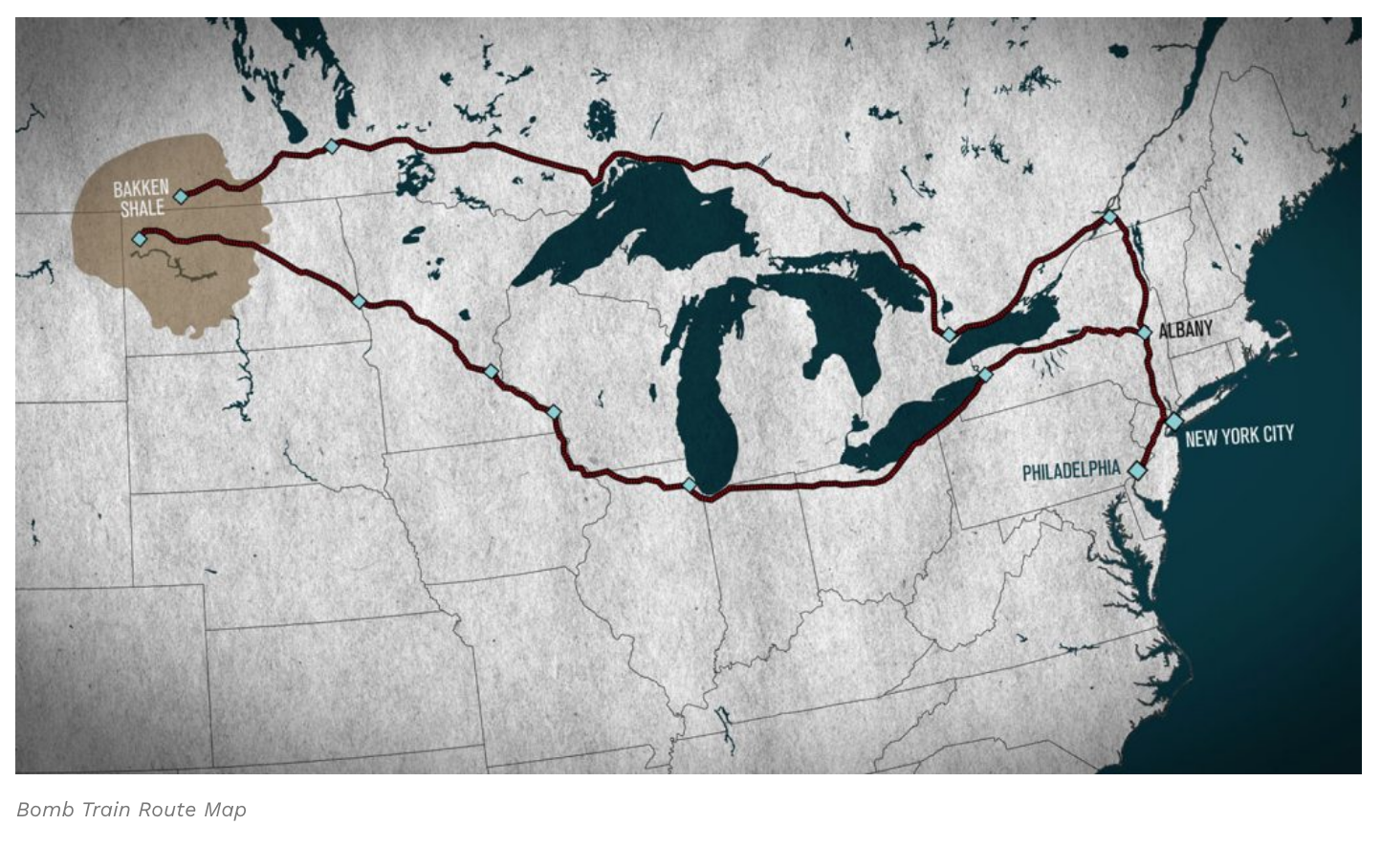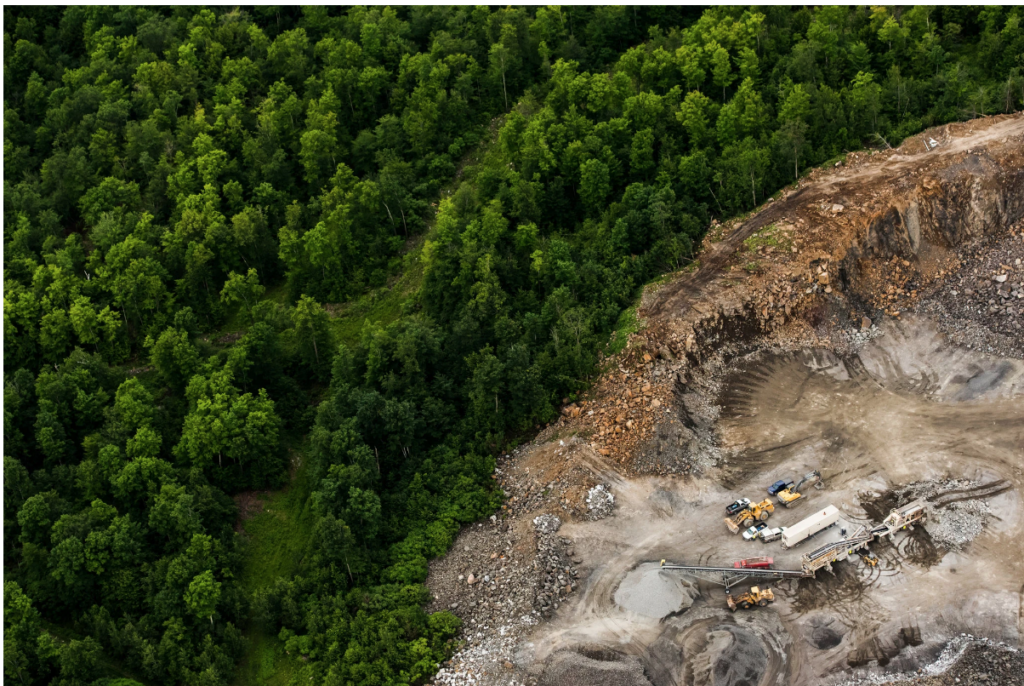How do these new forms of extractivism and the rearticulation of the action of the State around it also generate new forms of resistance? What are the different ways of organizing that emerge and develop in the interstices of neo-extractivist activities? If the soybean production models has drastically transformed landscapes, the people’s combative and creative organizing is also reshaping territories. We can see different territorialities in tension. A specific attention needs to be paid to the different scales of the impact of soybean production as well as of the resistance. Embodied understanding of the dispossesion and contamination have led to different responses. Class, race and gender are all at play in the different social movements, that acknowledge each other throughout different places, stretching past national-state borders and building regional and international solidarity and alternatives.
Brent, Z. W. (2015). Territorial restructuring and resistance in Argentina. The Journal of Peasant Studies, 42(3–4), 671–694. https://doi.org/10.1080/03066150.2015.1013100
https://civileats.com/2020/09/30/brazils-landless-workers-persist-through-agroecology/
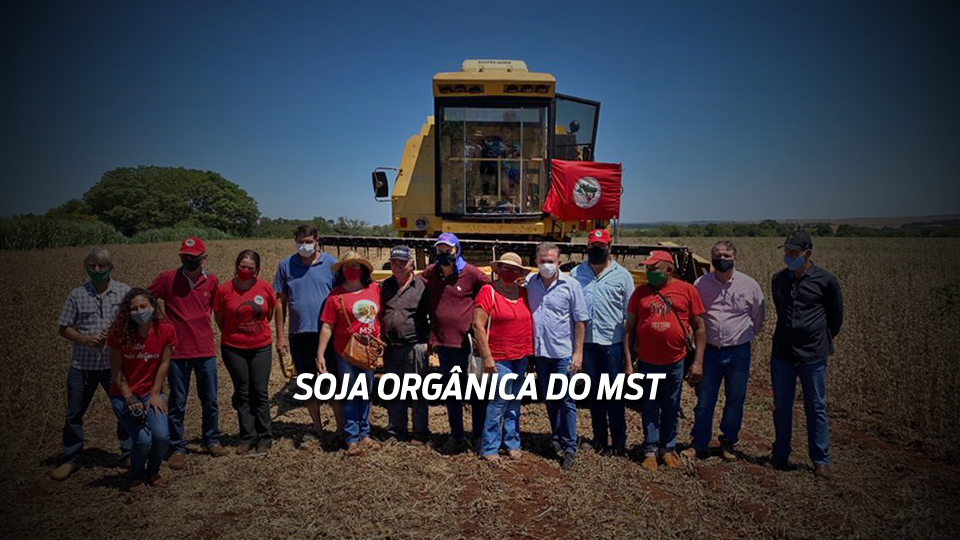
Leguizamón, A. (2019). The Gendered Dimensions of Resource Extractivism in Argentina’s Soy Boom. Latin American Perspectives, 46(2), 199–216. https://doi.org/10.1177/0094582X18781346
https://www.globalagriculture.org/flagship-projects/the-mothers-of-ituzaingo.html
